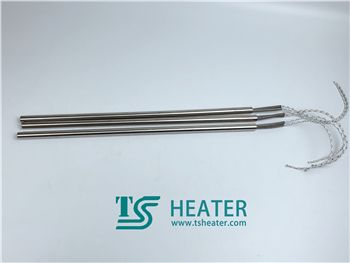
Oct 14 2022

Oct 14 2022

Oct 14 2022

Oct 01 2022
Since electric tube heater is non-standard products, the structures are also various, and the design of the structure is often to facilitate the installation of the heating equipment or the degree of beauty, so when designing the structure of the electric tube heater, we also need to pay attention to it.
1. The Electric Tube Heater should be designed with thermal expansion and contraction, ablation, oxidation, creep, and other effects to avoid malfunction due to deformation during normal operation.
2. The design of the internal structure of the electric tube heater should ensure that the material selected for the manufacture of the heating tube is not damaged at high temperatures or under high-temperature conditions that may be encountered in its processing, and can still work reliably.
3. The welding structure design of the electric tube heater should meet the relevant standards. The welding seam of the pressure heating tube, especially the part inside the container, should be as few as possible, and the welding seam setting should be easy to check.
4. The design of the pressure-bearing heating tube shell and its accessories must meet the relevant standards.
5. The electric tube heater (including the end) must be sealed.
6. The heating tube used for heating the corrosive medium must be a corrosion-resistant metal tube or have a protective sleeve to ensure the working life of the heating tube.
7. When the outer shell of the electric tube heater is made of ordinary steel or other alloy materials with better performance than ordinary steel, its wall thickness should not be less than 0.35mm. When the outer shell is made of copper or copper alloy materials, It can adapt to a harsh working environment.
8. The bending radius of the electric tube heater should not be less than 2.5 times the diameter of the heating tube.
9. The curved shape of the electric tube heater must ensure that the inner end of the lead rod is on the straight part of the tube, and the distance from the bending start point should not be less than 10mm.
10. In the electric tube heater, the direction of the two intercepting parts with a potential difference greater than 40V, the gap between the intercepting part and the shell, and the thickness of the insulating filler should not be less than 1mm, and the distance between the exposed lead wires and the shell should not be less than 1mm. (Note: If there is an agreement, the above gap and distance can be less than 1mm, but the design needs to be strengthened and carefully manufactured to ensure performance and reliability)
11. The cross-sectional area of the lead wire of the electric tube heater should not be less than 7 times the cross-sectional area of the heating wire.